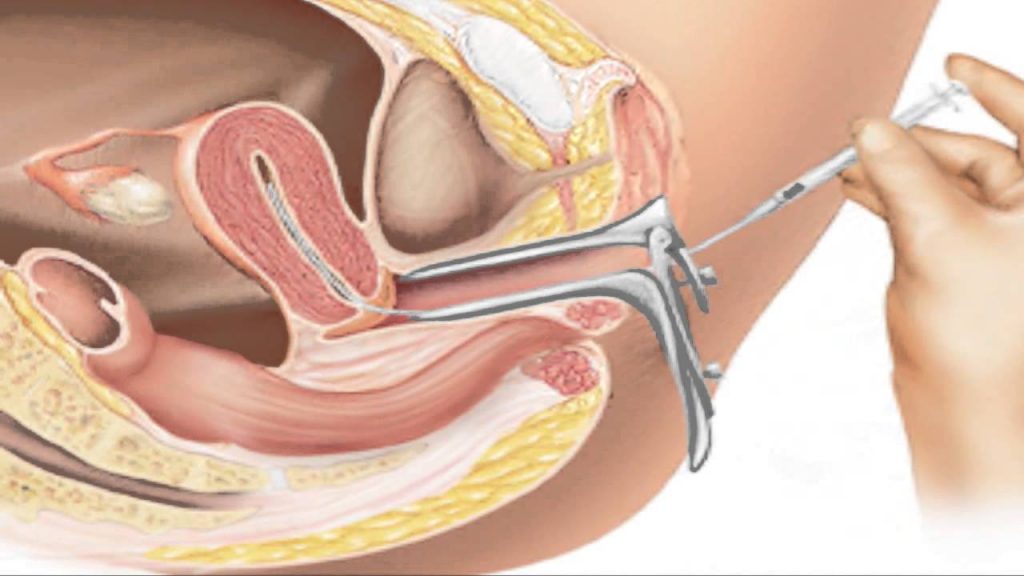Practical tips to improve your dental practice
The dental industry has never been more demanding and burdensome than it is currently, and so much of this burden or weight falls on the shoulders of the dental practice owners. For instance, dental practices are in never-ending competition for patients, experience challenges in their schedules, and go through bouts of low productivity.
More than ever before, dental practice owners need to find practical solutions for the challenges mentioned above. They need to utilize the best skills and strategies to survive in the world of business and thrive.
Do you know any practice management tips that can help you run your clinical and administrative operations smoothly? Here are 33 practical suggestions to help you avoid management-related pitfalls and make things easy for you, your dental staff, and your patients.
1. First and foremost, set concrete goals
Many dental practices, especially the less established ones, focus on daily tasks — keeping patients happy, minding their finances, managing office inventory, and more. However, sometimes, they let that daily grind eclipse their long-term goals.
The best way to make sure you focus on the big picture is to set solid, quantifiable goals and review them regularly to ensure that you are going in the right direction. For instance, your goals may include generating more leads and referrals, improving efficiency, growing profitability, or other success measures. Perhaps, you want to open a new branch — that is another goal you can track.
2. Get competent employees
So much of your dental practice’s efficiency and patient satisfaction depend on your employees. With your staff acting as the face of your dental practice, it is good that you have the right team on board. It can take you years to build a name and seconds to destroy one; thus, it is advisable to have measures in place to protect the interest of your practice.
Fortunately, nowadays, getting competent dental staff for your clinic isn’t a problem. Web-based hiring platforms like Cloud Dentistry have made the whole staffing process easy. Practice owners have direct access to a huge pool of experienced and peer-reviewed dental professionals through these platforms. All it takes is to visit their app or website and book the most qualified and suitable candidate for an interview. Gone are when dental practice owners had to rely on temp agencies and job boards to get qualified candidates.
3. Have the right number of employees every time
Besides hiring competent staff, you have to get the right number of people to work in your clinic. Having just the right number of staff guarantees that you:
Increase the efficiency of your processes
Save up on unnecessary costs of redundant staff
Streamline your processes
However, ensuring you are not under-or overstaffed is not easy. Striking that balance may appear almost impossible. What happens when one or more employees call in sick? Is it possible to cover for the sudden absence? How do you cater to an unexpected increase in patients’ visits?
Again, on-demand hiring platforms come in handy. Through them, you can fill these positions in just a few minutes, with minimal effort. Just search through their vast database, and hire dental staff ready to work during these unexpected and peak periods. You hire when there is a need, ensuring just the right number of employees in your practice.
4. Make a habit of confirming patients’ appointments
Patients who make it a habit of cancelling or not showing up at all for appointments make practices incur unnecessary costs and waste time that otherwise would have been used more appropriately. A study established that no-shows cost the American healthcare system about $150 billion annually and individual doctors more than $200 per unused time slot.
Thus, as a dental practice owner, you should find ways to lower your practice’s no-show rates. Most importantly, aim to confirm appointments ahead so that you can make the necessary adjustments and avert the losses associated with it. Tips to reduce patient no-shows may include:
Send appointment reminders through patients’ preferred communication methods.
Avoid splitting treatments and offer same-day appointments.
If a certain patient does not often show up for appointments, consider double-booking the time slot to anticipate them not coming.
5 Automate where applicable
A study has revealed that web-based appointments considerably increase efficiency in practices on many fronts, including wait times and no-show rates, and helping reduce staff labour, among others.
Dental practice management software is an important tool for dentists to manage their dental practices. It helps them plan their day, tracks the patients’ appointments, sends reminders and generates invoices.
Usually, this is just a small area where automation can help curtail many unproductive and time-consuming aspects of dental practice management. Explore other lengthy processes in your management process, which can also gain from automation, like billing and patient surveys, to help improve your practice.
6. Offer patients a wide selection of dental services
The dental industry is always evolving. New procedures are being introduced more frequently than ever before. Many of these procedures help boost profitability for practices and appeal to patients since they save time and minimize discomfort.
Practice owners can cater to patients’ desires by keeping up with the latest dental innovations and treatments. From gum surgery, scaling, and root planning to performing implants and simple extractions, make sure you do not subject your patients to outdated, messy, and painful treatment methods. Whether it involves attending a seminar to learn new techniques or investing in high-tech equipment, expanding your clinic’s range of services can help dentists draw a new pool of patients.
7. Reduce paperwork and fill in the gaps
Paperwork is among the costliest protracted components of dental practice management. For instance, a patient completes new patient forms on an initial visit, including medical history, patient information, HIPAA forms, and financial and treatment consent forms. In return, the same patient usually signs more forms, including medical history updates and appointment forms. Lastly, the patient chart will also contain progress notes, administrative notes, and other hand-written paperwork.
8 Lower your HIPAA risks;
You have already been through the critical process of ensuring you’re practise is HIPAA compliant; however, this shouldn’t be viewed as a one-time exercise. Enforcement of HIPAA is increasing, and legal doors have been opened to allow action over security and privacy failures.
To minimize your risk, frequently review your HIPAA compliance efforts procedures and efforts with everybody who has access to patient information. In other words, ensure that all the technology you incorporate into your practice is HIPAA compliant.
9. Stay updated on the latest dental tools and equipment
If you wish your dental practice to grow, you should ensure that it’s equipped with modern equipment and tools.
Make sure you have the latest X-ray machines, 3D imaging system, intraoral cameras, comfortable dental patient chairs, sterilization equipment, dental lasers, operatory cabinetry, etc. Depending on the kind of dental practice you run and the nature of services and treatments you provide, you might opt to invest in even more advanced tools.








